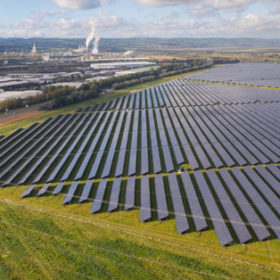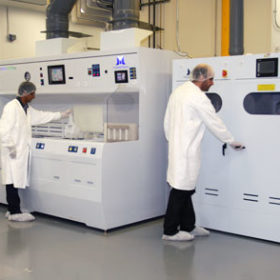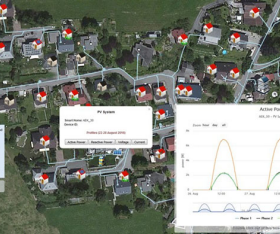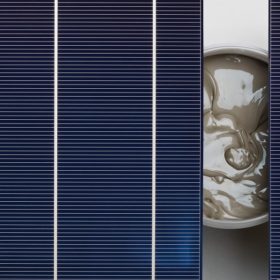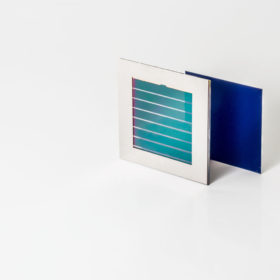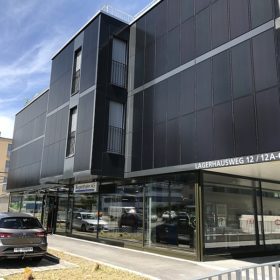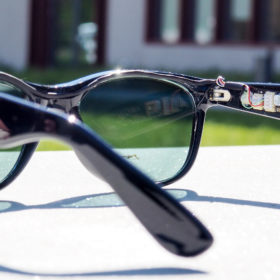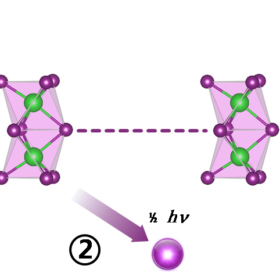Foresight Solar Fund to pursue international strategy
The Foresight Solar Fund, an investment group with a 470 MW portfolio of solar projects in the UK, published financial reports for the first half of 2016 this week. Reporting after tax profits of GBP 11.5 million ($15 million) for the period up to 30th June, the group also announced plans to expand and acquire projects in new markets outside of the UK.
Natcore to consult on 20 MW project in Ghana
After the 20 MW PV project planned in the Central region of Ghana was threatened with a 29% feed in tariff reduction, UK based solar developer PSECC Solar Farms turned to Natcore, with the aim of bringing in higher efficiency technology that would make the project financially viable.
Swiss university spin-off develops grid analysis software
Zurich based startup Adaptricity, which grew out of leading university the Swiss Federal Institute of Technology (ETH Zurich) is preparing to launch a software system which can simulate and analyze regional electrical grids, potentially a valuable tool for investors and grid operators.
Singulus posts positive EBIT for 1st half 2017
The German equipment manufacturer reported a positive EBIT of €2.5 million for the first half of the year, a big improvement on the same period in 2016, when its EBIT was negative €9.3 million. EBIT for the second quarter stands at €1.1 million.
EDF to acquire 80% stake in Brazilian solar farm
Canadian solar has announced the sale of an 80% in a 92.5 MW project located in Brazil. The stake is to be acquired by EDF Energies Nouvelles, representing the third deal in a row between the two energy giants.
Heraeus launches appeal against Taiwanese IP court decision
German silver paste manufacturer Heraeus announced that it has appealed the decision of Taiwanese regional intellectual property (IP) court, following its July 7th decision that Giga Solar does not infringe on its patent.
Imec hits 23.9% efficiency on 4cm² tandem perovskite/silicon module
Belgian research institute Imec has achieved a conversion efficiency of 23.9% on a perovskite/silicon tandem module measuring 4 square centimeters. This efficiency level, according to Imec, represents the first time such a stacked configuration has outperformed a standalone silicon solar cell.
Property developer unveils solar facade in Bern
Property developer Fambau has unveiled a new building in the Swiss capital which includes an installation of 130 Avancis thin-film modules integrated into the building’s southern façade. According to Avancis, the installation takes up 135 square meters, and will generate up to 12 MWh per year.
‘Solar sunglasses’ demonstrated by researchers at KIT
Scientists at Karlsruhe Institute of Technology (KIT) in Germany have developed a pair of sunglasses that generate electricity through semi-transparent organic solar cells applied to the lenses. The team aims to demonstrate the potential of organic solar to be integrated into electronic devices, buildings and other applications not possible with conventional PV technologies.
St. Andrews University discovery could push solar cell’s theoretical efficiency limit
Researchers at the University of St. Andrews have demonstrated that atomically precise groups of nanoparticles known as nanoclusters can cut a single high energy photon into two lower energy ones, a discovery which could lead to major advancements in the development of solar cells.

